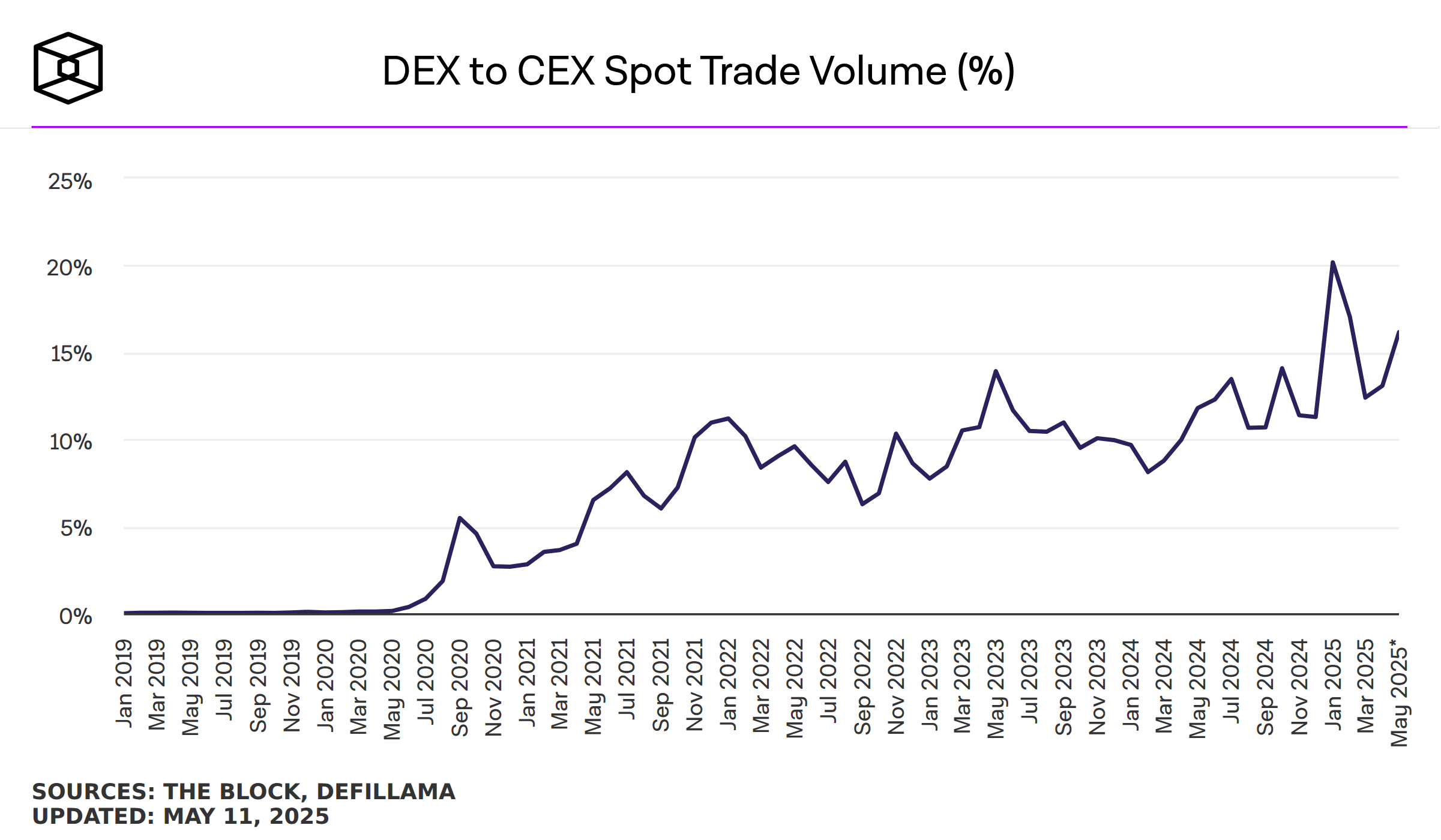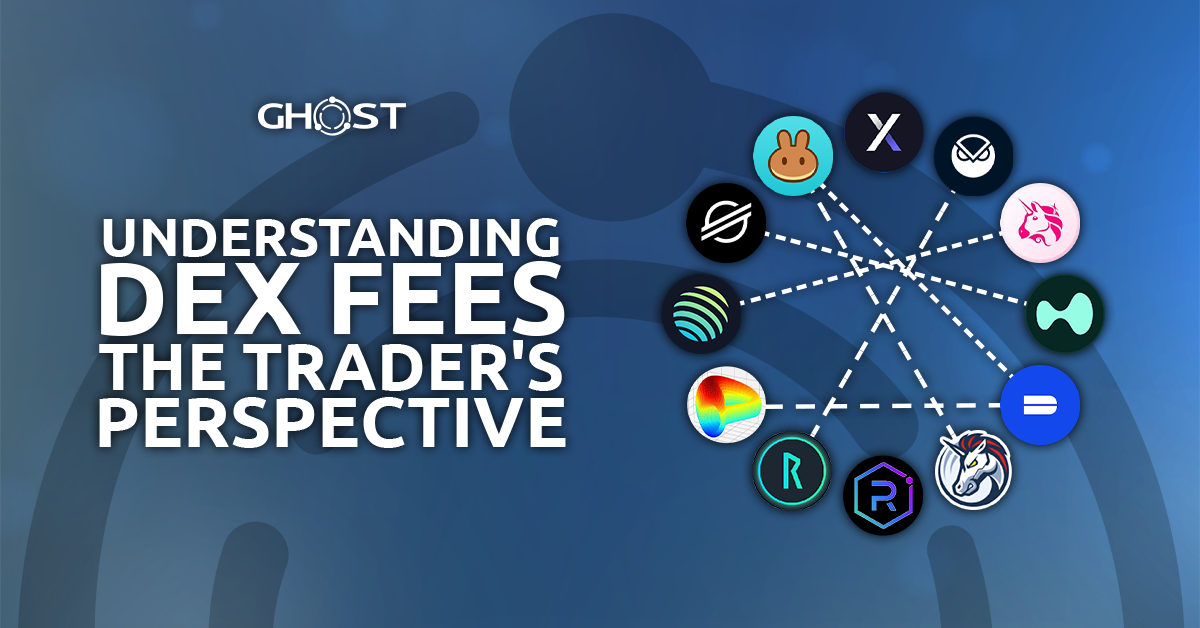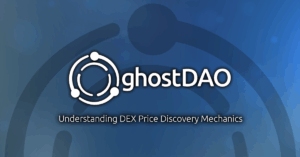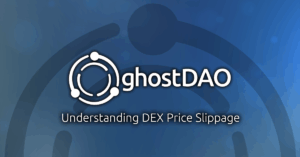The Cost of Decentralized Trading
While price slippage is a well-known challenge in decentralized exchanges (DEXs), traders face another critical cost factor: DEX fees. These fees, typically ranging from 0.1% to 0.3% of trade value, represent a necessary trade-off that users accept in exchange for:
- No-KYC anonymity
- Faster transaction execution
- Complete transparency of reserves and transactions
The Anti-Fraud Advantage
DEX fees serve an important secondary function: they help prevent artificial volume inflation that has historically plagued centralized exchanges (CEXs). Unlike CEXs where wash trading and fake volume have been well-documented, the fee structure of DEXs creates natural economic barriers to such manipulation.

Mathematical Foundation of DEX Fees
Consider a liquidity pool:
- x₁: quantity of Token X
- y₁: quantity of Token Y
- f: DEX fee percentage (expressed as decimal)
For a trade exchanging x2 of Token X for y2 of Token Y:
Original Fee-less Formula:
Fee-Adjusted Formula:
The fees are distributed:
- Liquidity Providers (LPs) as compensation
- In some cases, the DEX protocol itself
Practical Example
Example Pool Parameters:
- QD(DAI) = 100,000 DAI
- QD(eGHST) = 10,000 eGHST
- DF = 0.3%
Trade Scenario:
A trader swaps 1,000 DAI for eGHST
Without Fees:
With 0.3%Fee:
Fee Verification:
or 0.2979%.
This result confirms the effective fee matches the declared 0.3% rate, demonstrating the mathematical precision of DEX fee mechanisms.


